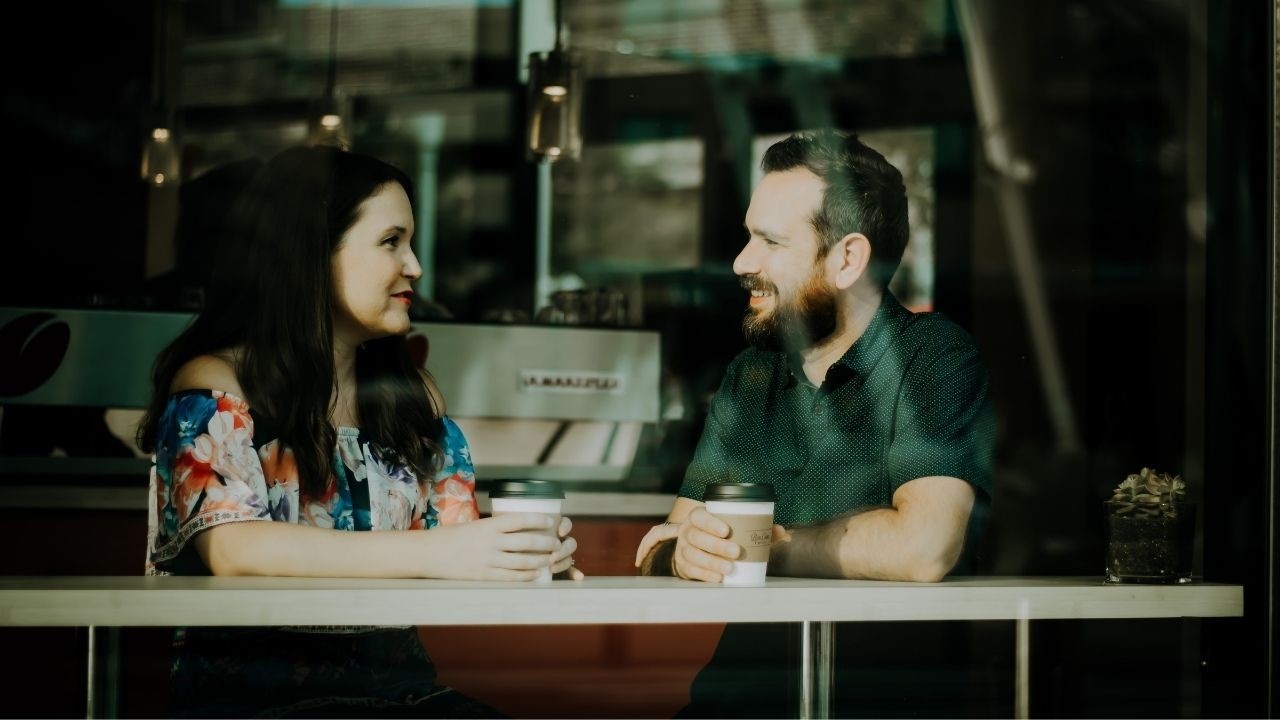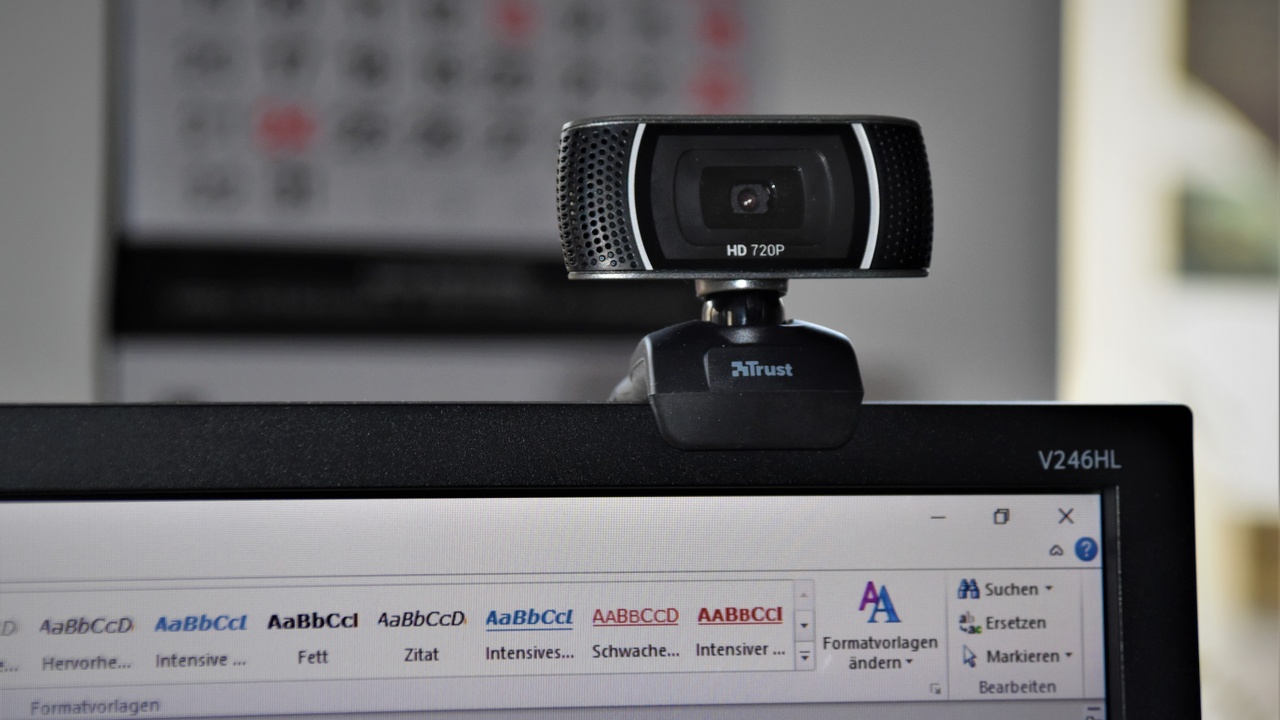How to Change Anyone's Mind

By John Millen
In a world of dramatic change, we all need to be more adaptable.
That’s why last week I discussed how we can be more coachable, to let people help lead us through change.
But on the other side of the equation, what if you’re trying to change minds or behaviors? The fact is we are all trying to influence people at work, at home, and, currently, working from home.
That means there’s real value in understanding how to change minds. A new book sheds great light on a counter-intuitive approach.
Many thanks to my client and friend Mike Condon for bringing my attention to The Catalyst: How to Change Anyone’s Mind,* by Jonah Berger, a marketing professor at the Wharton School of Business.
Berger says most of us trying to create change take the approach of physics by pushing harder and harder to move in another direction. We try providing more information, more facts and more reminders to make our case for change. That doesn’t work well.
Instead, Berger looks to chemistry as a metaphor. His book's title, “catalyst” refers to a chemical process that makes change happen quickly, such as “converting air into fertilizer and petroleum into bike helmets.”
Berger's extensive research over 20 years analyzes industries, organizations and professions for common lessons from successful change-makers:
I’ve learned from superstar salespeople how they converted customers, from a hostage negotiator how he got hostage-takers to surrender by understanding what they sought to accomplish, and even from a Jewish clergyman who helped a white supremacist renounce the KKK.
Berger distills this change approach into five strategies:
1. Reduce reactance
As we know, we all like to feel that we are in control of our lives and our actions. Berger says that someone trying to get us to do something will make us feel “disempowered,” as if the choice was made for us.
In that state of mind, we reject things we might normally have accepted. Psychologists call this negative response “reactance.” Berger advises that "to avoid getting shot down, allow for agency. Guide the path but make sure people feel like they’re still in control."
An additional strategy is to create cognitive dissonance for people. Berger points out that "another way to reduce reactance is to highlight a gap between someone’s thoughts and actions, or between what they would recommend to others and what they themselves are doing."
2. Ease endowment
We all become over-attached to our own beliefs and the status quo in our lives. We feel comfortable there in what social scientists term the “endowment effect.” We stay with what we know and trust. According to Berger, "change agents combat this phenomenon by bringing the costs of inaction to the surface, helping people to realize that sticking with the status quo isn’t as cost-free as it seems."
He cites the example of a financial adviser who couldn’t convince a client to move his money from low-interest savings accounts to better investments. Her client finally made the change after she gave him monthly reports on the amount of money he was “losing” on paper.
3. Shrink distance
Research finds that views that seem too far from our own fall into a “region of rejection” where we quickly discount them. The key to avoiding immediate rejection is to reduce the distance from a person’s current views. Berger advises:
When new information comes in, people tend to compare it to their existing views to see if it is a close enough match to consider. Psychological experiments going back 50 years have found a “zone of acceptance,” an area close enough to people’s existing beliefs that they’ll consider new information.
Berger says that one strategy is to ask for less or break a change into smaller steps to move the person along in increments. He gives the example of Uber’s early days. Rather than ask people to jump into a stranger’s car, they made their high-end black-service accessible. When it gained broad acceptance, they moved into the cheaper UberX model we know today.
4. Alleviate uncertainty
Berger says that because of our perception of the risk of change, the new alternative may be incorrectly undervalued, what researchers call an “uncertainty tax.”
Berger suggests that "to ease uncertainty, lower the barrier to trial. Don’t just tell people that something is better; allow them to experience it themselves."This is why smartphone apps, mattresses, clothing and most other product categories give us a trial period to ease our concerns about moving from our comfort zones. If you can try it and have free returns, what’s the risk?
5. Find corroborating evidence
When making bigger changes, Berger says, hearing from one person isn’t enough and refers to various kinds of support we can muster from other sources.
As Berger notes:
For big changes, sometimes hearing from one person isn’t enough. You can follow up multiple times with new information, but the listener is still faced with a translation problem. Sure, you think something is the right course of action, but you’re just one person. How do they know what you’re saying is right?
I kept thinking about the phenomenon we’ve all experienced: You give solid advice to your partner or friend on many occasions but it never sticks.
Then one day, they come to you with this profound idea someone gave them. Your idea. It’s okay. They need to hear from other sources.
All of these five strategies are aimed at helping people change more easily.
As Berger says, It’s not about pushing harder or exerting more energy. It’s about reducing barriers to action. Once you understand that, you can change anything.
And now, more than ever, we need the ability to adapt to change.
To get one practical idea every week, sign up for Sunday Coffee.
To talk with me, just visit our contact page.
John








